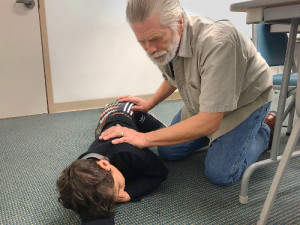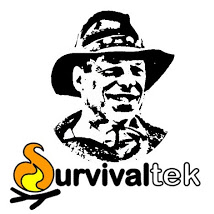 As part of my job requirements I attend First Aid and CPR classes bi-annually for certification. This year the course began with an extensive on-line curriculum followed by actual hands-on training. In my case, because of the public/corporate environment where I work, other segments included were the operation of the Automated External Defibrillator (AED) and Emergency Oxygen Administration.
As part of my job requirements I attend First Aid and CPR classes bi-annually for certification. This year the course began with an extensive on-line curriculum followed by actual hands-on training. In my case, because of the public/corporate environment where I work, other segments included were the operation of the Automated External Defibrillator (AED) and Emergency Oxygen Administration.
These classes fit well into my preparedness and survival regimen because whether I’m in an urban or wilderness setting there is always the possibility of injury or illness. Typically there is more advanced equipment available in urban settings but general first aid and CPR are applicable in each environment. Knowing what to do in an emergency can save lives!
The photo illustrates the First Aid Recovery Position. Putting someone in the recovery position will keep their airway clear and open. It also ensures that any vomit or fluid won’t cause them to choke. It is meant to protect a person who is unconscious but has regular breathing and pulse.
To achieve this position start by placing the person on their back and kneel on the floor by their side. Take the arm nearest you and lift it outstretched above their head. Lift their other arm and place their hand on the shoulder nearest you so that the back of their hand is touching their cheek. Bend the knee farthest from you into an upright position. Grasping their far shoulder in one hand and the far knee with the other, pull them toward you so that their body rolls on axis until they are laying on their side facing you. Their head will be in a slight downward position enabling any fluids to drain and helps to keep their airway open. It is best to stay with the person and monitor their condition until help arrives.
First Aid and CPR courses are developed by organizations such as Red Cross, American Health & Safety Institute (ASHI), and American Heart Association and may be offered online or at different locations such as YMCA, Red Cross centers, Colleges, your workplace, or other Public Service organizations. It’s a great investment of time and money for the ability to save lives, including yours!


